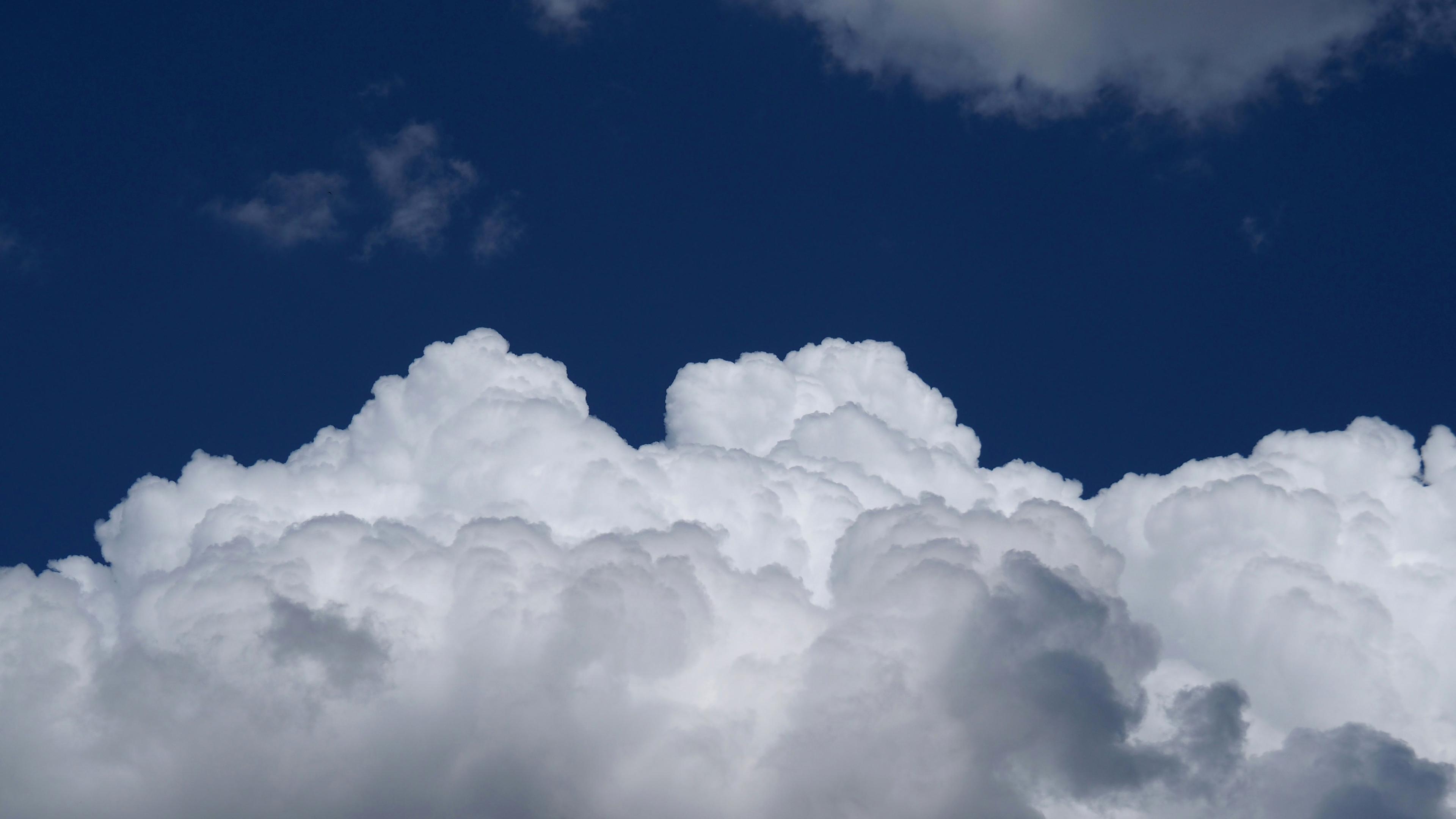14C Trends: Going Backwards in Time

Description
Measured 14C/C in atmospheric CO2 over 1950-2015 from a compilation[1] and from individual samples over 2014-2021 from sites[2] in the Northern Hemisphere (La Jolla at 32°N and Mauna Loa at 20°N) and the Southern Hemisphere (Samoa at 14°S and South Pole at 90°S). The compilation combines various data sources and is representative of tropical regions[1]. Data are reported with typical normalization and correction[3]. Preliminary data from individual samples are shown for 2014-2021, data are publicly available at https://scrippsco2.ucsd.edu/ after quality control.
Please cite as: Graven, H, R Keeling and X Xu, 2022. Radiocarbon dating: Going back in time. Nature.
Acknowledgments
The Scripps CO2 program has been supported by a series of grants from U.S. NSF, DOE, NOAA, and NASA, most recently by OPP-1922922, NNX17AE74G, and the Schmidt Futures Program. These 14C measurements were supported by NASA and the Leverhulme Trust.
References
- Graven, H., et al., Compiled records of carbon isotopes in atmospheric CO2 for historical simulations in CMIP6. Geosci. Model Dev., 2017. 10(12): p. 4405-4417.
- Graven, H.D., T.P. Guilderson, and R.F. Keeling, Observations of radiocarbon in CO2 at seven global sampling sites in the Scripps flask network: Analysis of spatial gradients and seasonal cycles. J Geophys Res, 2012. 117(D2): p. D02303.
- Stuiver, M. and H.A. Polach, Discussion: Reporting of 14C Data. Radiocarbon, 1977. 19(3): p. 355-363.
Usage Restrictions
Scripps CO2 program data and graphics on scrippsco2.ucsd.edu are licensed under a CC BY license, Creative Commons Attribution 4.0 International License (http://creativecommons.org/licenses/by/4.0/), which clarifies appropriate uses and requirements, including that credit be given to the Scripps Institution of Oceanography at UC San Diego. Some products from this site incorporate data from sources external to the Scripps CO2 program, as indicated. Additional credit must be given for these products, as appropriate for that source.
Ethical usage may also require disclosing intentions at early stages to avoid duplicating ongoing studies at Scripps or elsewhere. For applications supporting peer-reviewed scientific publications, coauthorship may sometimes be appropriate. An example would be if an important result or conclusion depends on this product, such as the first account of a previously unreported phenomenon.
Please direct queries to Ralph Keeling (rkeeling@ucsd.edu)
